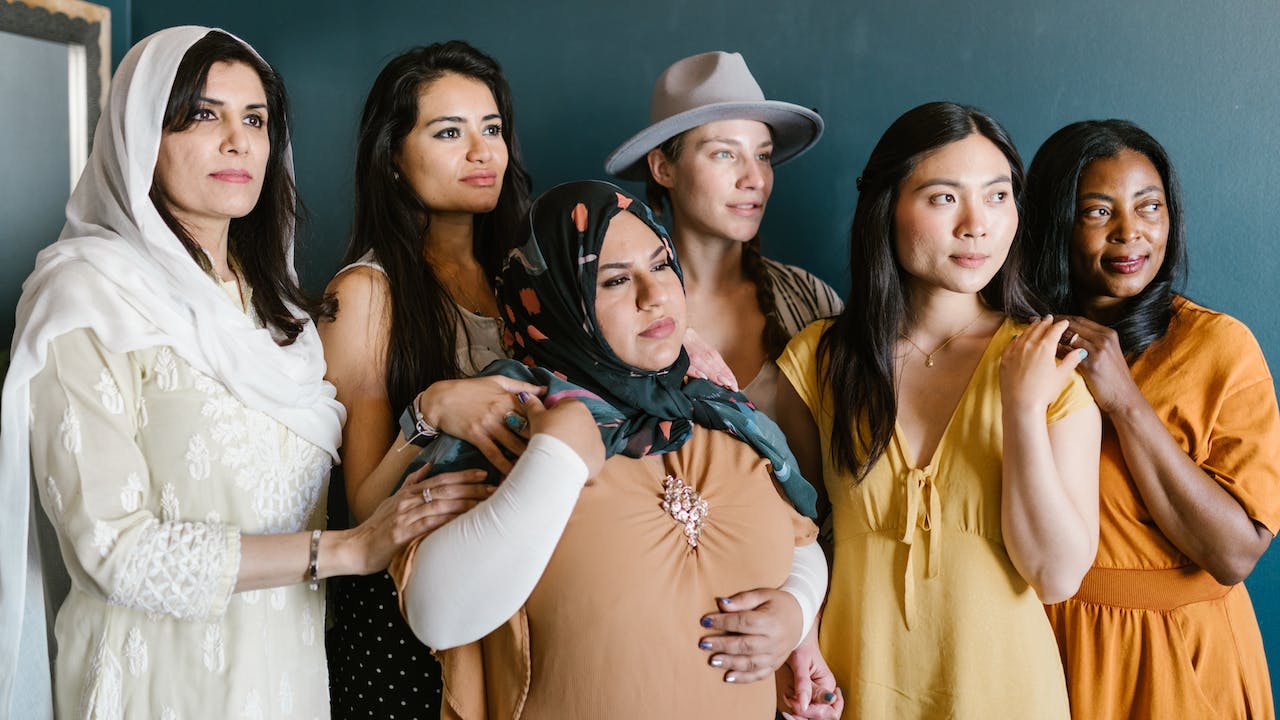Sexual and reproductive health and rights (SRHR) encompass the well-being of individuals in relation to their sexual and reproductive lives, as well as their right to make decisions regarding their sexual and reproductive health without discrimination, coercion, or violence. SRHR is a fundamental aspect of overall health and well-being and is essential for gender equality, human rights, and sustainable development. As such, this comprehensive review aims to explore the nuances, importance, and challenges related to SRHR, with an eye toward policy-making, education, and individual empowerment.
The Scope of Sexual and Reproductive Health and Rights
The term “sexual and reproductive health and rights” includes a spectrum of topics:
- Sexual Health: The state of physical, emotional, mental, and social well-being related to sexuality.
- Reproductive Health: A state of complete physical, mental, and social well-being in all matters relating to the reproductive system.
- Sexual Rights: The rights of all individuals to make decisions concerning their sexuality, free of coercion, discrimination, and violence.
- Reproductive Rights: The right to access sexual and reproductive health services, including the right to make decisions about reproduction free of discrimination, coercion, and violence.
The Importance of SRHR
SRHR is crucial for numerous reasons:
- Individual Health: Ensuring access to sexual and reproductive health services is vital for the prevention and treatment of diseases and conditions such as HIV, STIs, and reproductive cancers.
- Gender Equality: SRHR is intrinsically linked to gender equality. When individuals, especially women and girls, have control over their sexual and reproductive health, they are more likely to achieve equality in other areas of life.
- Maternal Health: Maternal health services are an integral part of SRHR, aiming to reduce maternal mortality and morbidity rates.
- Youth Empowerment: Young people are empowered by having access to SRHR information and services, which enables them to make informed choices about their bodies and futures.
- Human Rights: SRHR is a matter of human rights. Everyone deserves to have the freedom to decide if, when, and with whom to have children and to do so in good health.
Key Components of SRHR
Comprehensive Sexuality Education (CSE)
CSE is an educational strategy that provides structured learning about sex and relationships by imparting age-appropriate information and helping young people develop skills to manage their sexual lives positively and responsibly.
Family Planning
Family planning involves information and services that enable individuals to decide freely and responsibly the number, spacing, and timing of their children.
Maternal Health
This aspect focuses on the health care services that ensure women receive proper medical attention throughout pregnancy, childbirth, and postpartum.
Access to Contraceptives
The availability and accessibility of a range of safe, effective, and acceptable methods of contraception is fundamental to SRHR.
Safe and Legal Abortion
Access to safe and legal abortion services is an essential component of reproductive rights, critical for safeguarding women’s health and lives.
Prevention and Treatment of STIs and HIV
Effective SRHR services must include prevention, diagnosis, and treatment of sexually transmitted infections (STIs), including HIV.
Challenges and Barriers
Despite its recognized importance, SRHR faces many challenges:
- Cultural and Societal Norms: Deep-rooted beliefs and norms can restrict open discussion and access to SRHR services.
- Policy and Legislation: In many regions, restrictive laws and policies limit access to SRHR services, including education and contraception.
- Resource Allocation: Limited resources can mean insufficient access to necessary SRHR services, particularly in low-income countries.
- Stigma and Discrimination: Stigma surrounding sexuality, gender identity, and sexual orientation can lead to discrimination in accessing SRHR services.
The Role of International Organizations and Policies
Various international frameworks and organizations advocate for SRHR, such as:
- The International Conference on Population and Development (ICPD)
- The Sustainable Development Goals (SDGs)
- The World Health Organization (WHO)
- United Nations Population Fund (UNFPA)
These organizations work to establish universal standards and guidelines that promote and protect SRHR globally.
Implementing Effective SRHR Strategies
To address SRHR effectively, strategies should include:
- Policy Advocacy: Pushing for policies that support comprehensive SRHR services.
- Education and Communication: Promoting CSE and open dialogue about SRHR issues.
- Service Delivery: Providing accessible, high-quality SRHR services.
- Community Engagement: Involving communities in the design and implementation of SRHR programs.
The Road Ahead
The future of SRHR lies in the global commitment to these rights as part of the universal human rights framework. To move forward, we must:
- Prioritize SRHR in Development Agendas: Integrate SRHR into broader health and development strategies.





